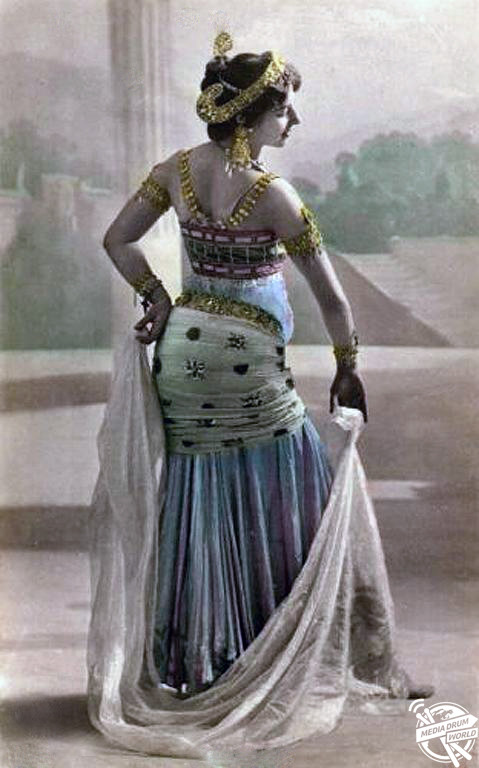By Tom Dare
INCREDIBLE POSTCARDS of the infamous exotic dancer who was convicted and executed by the French during World War One for being a German spy have remerged 100 years after her death.
Images show Mata Hari, the Dutch-born woman executed by a French firing squad on October 15 1917, posing in a variety of vibrant colours for a series of postcards sold in Paris the early 1900s. Hari can also be seen pulling different poses from her dancing routines in the set of shots, which were commissioned over 10 years before her death, in 1906.
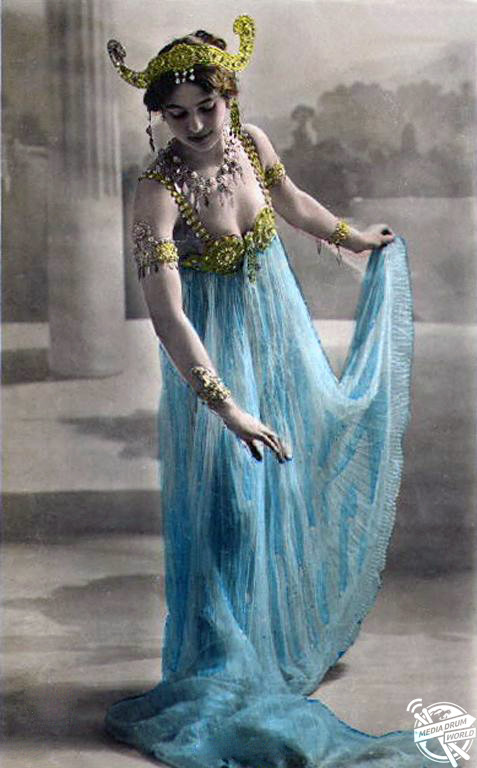
Mata Hari first burst onto the scene in 1905, gaining fame as an exotic dancer in Paris. Often pictured naked below the waist and not afraid to flaunt her body, the most popular part of her routine was said to have been the slow removal of items of clothing until she wore just a bra and jewellery. Many see this as one of the first examples of the modern-day strip tease.
Posing as a Javanese princess of Hindu birth, Hari took the Paris social scene by storm. She mixed in wealthy circles, with rumoured relationships with politicians, bankers and wealthy businessmen, and was viewed by many as giving a respectable and artistic face to exotic dancing.
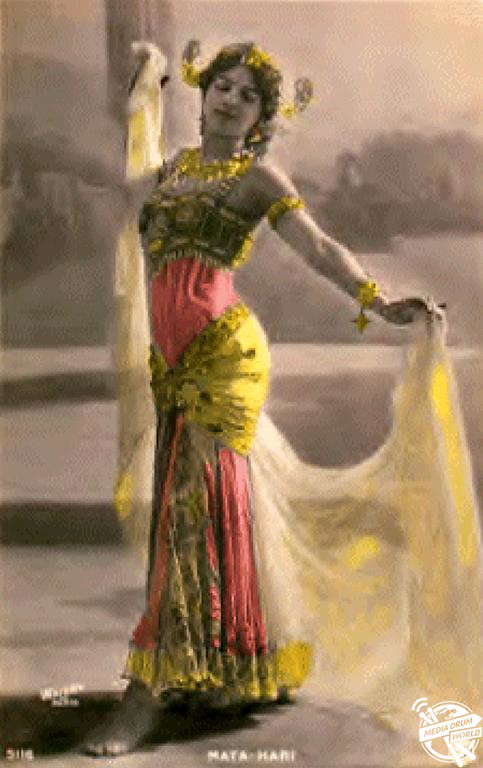
By the time that war broke out, though, Hari’s career was in decline. She began veering toward being a courtesan and away from dancing, performing for the last time in 1915. She was rumoured to have had several high-profile relationships with politicians, military personnel and other powerful men, and it was one of these relationships that would signal the beginning of the end for her. Her story is told by author Michael Carroll in his new colourisation book Retrographic, who says:
“When her Russian lover, the pilot Captain Vadim Maslov, was shot down and blinded over Germany, she was told by the German authorities that the only way she would be permitted to visit him was if she spied on France.
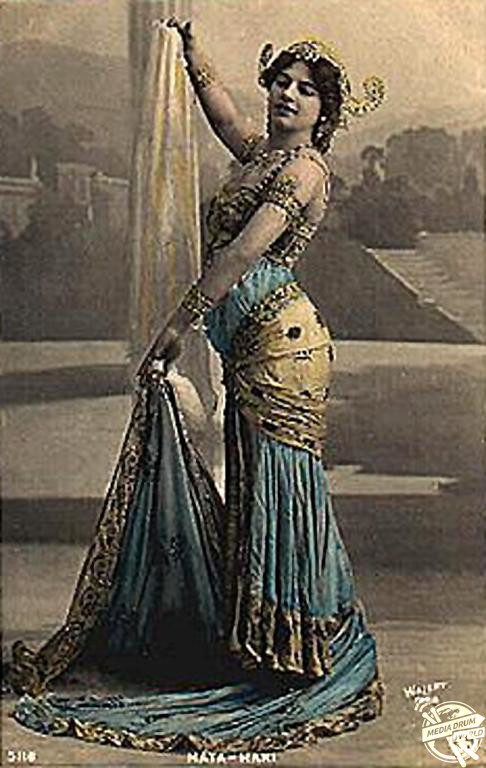
“Ironically, she was already employed by the French to spy on one of her admirers, the German Prince Regent Wilhelm, the son of the Kaiser Wilhelm II and an army general. Mata Hari the double agent aroused the suspicions of both sides.
“In 1915, she was briefly arrested while in England by British counter intelligence, MI5. The French laid a trap the following year by feeding her six names of agents all working for the Germans, and one of these suspected as a double working for both sides. When the Germans executed the double agent soon afterwards, Mata Hari was arrested and tried for espionage.”
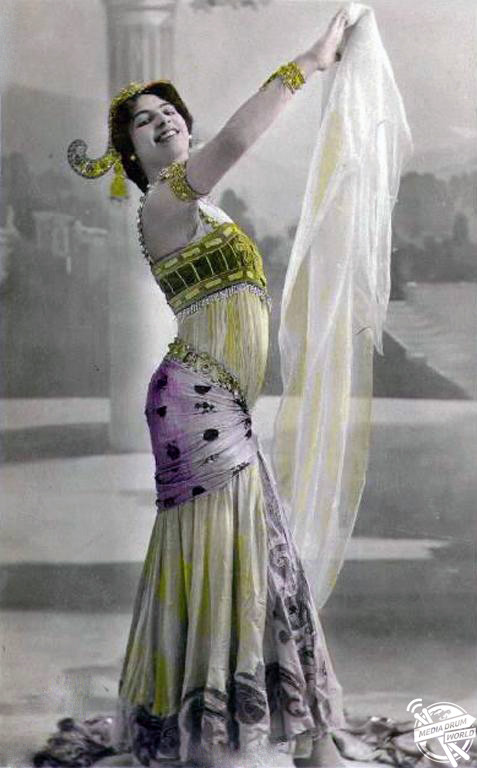
Hari was found guilty and executed by a French firing squad on October 15 1917, after reportedly confessing to French authorities during interrogations. Nobody came to claim her body and so it was donated to the Paris school of medicine, with her head being preserved at the Museum of Anatomy. However, during an inventory nearly 20 years later the head had mysteriously vanished, with no indication as to where it is today.
Striking images like these are featured in British author Michael D. Carroll’s new book on the colourisation of historical images. For more information visit: http://carpetbombingculture.co.uk/book/retrographic-historys-most-exciting-images-transformed-into-living-colour/
